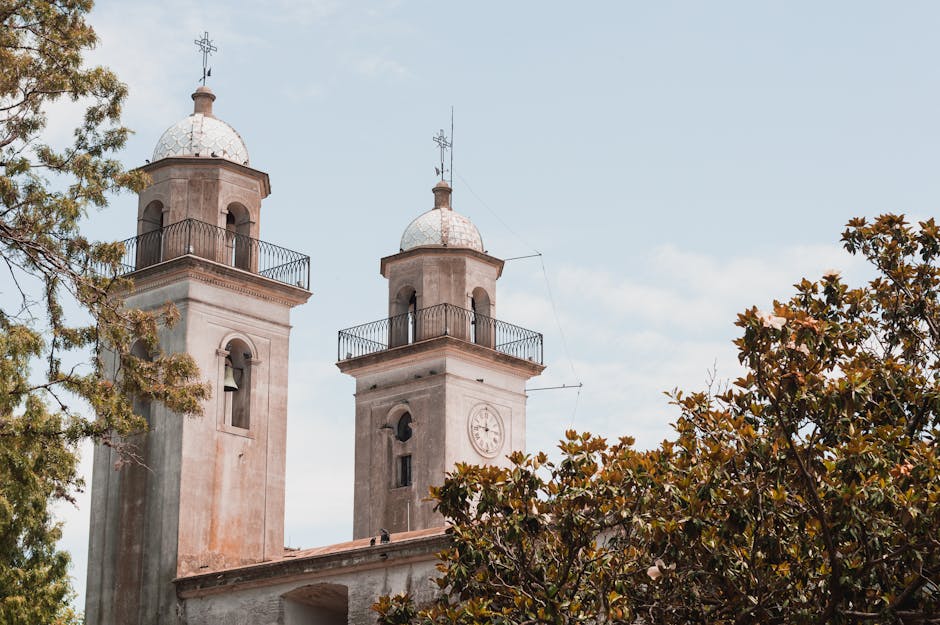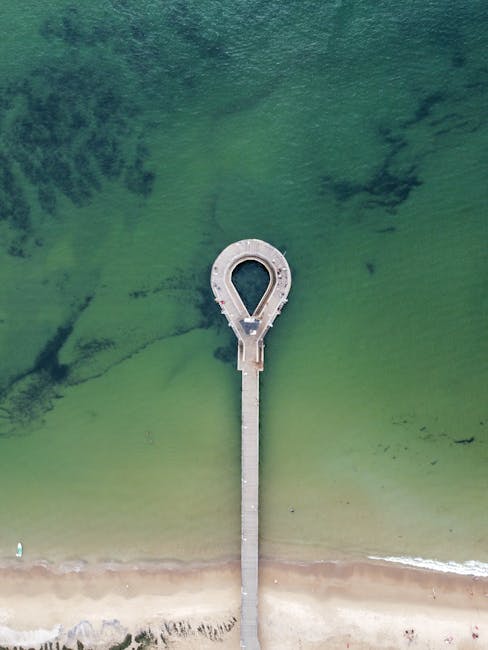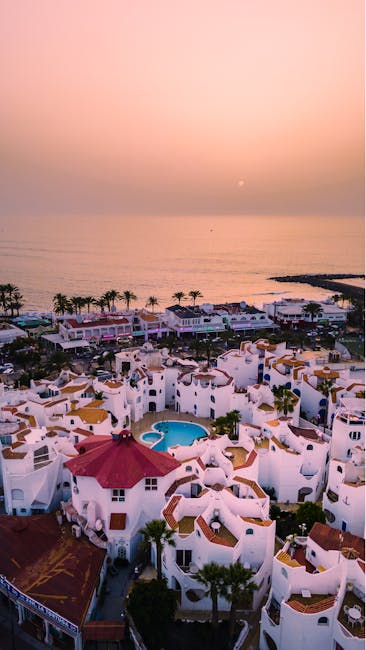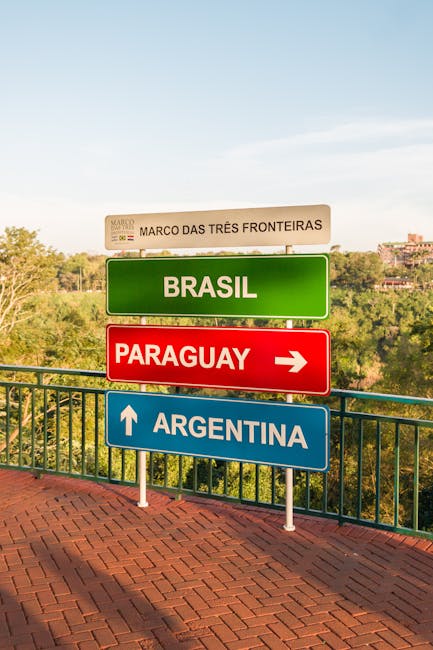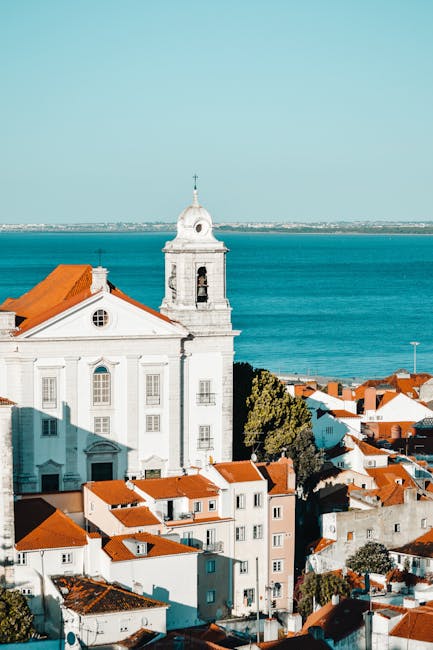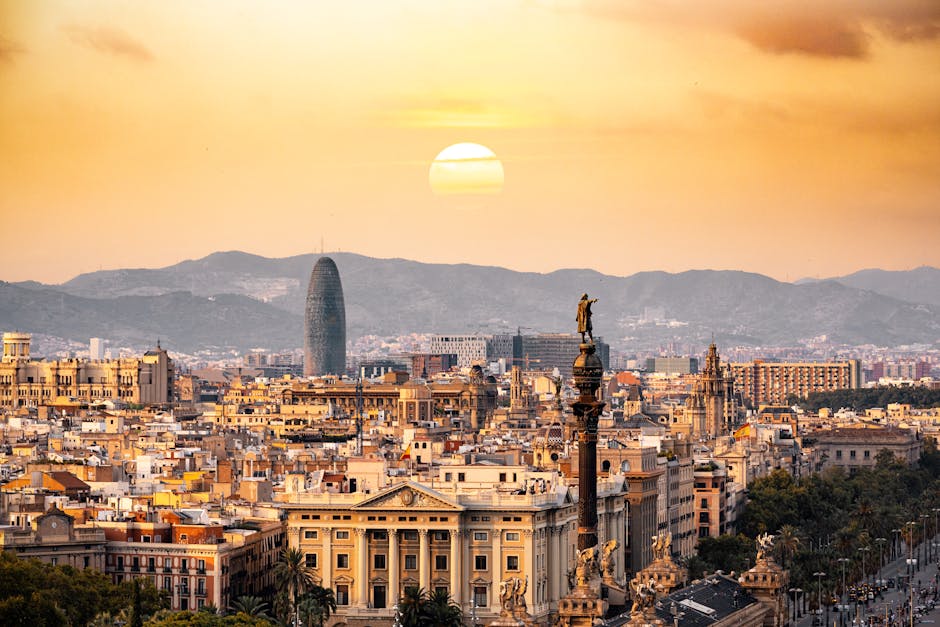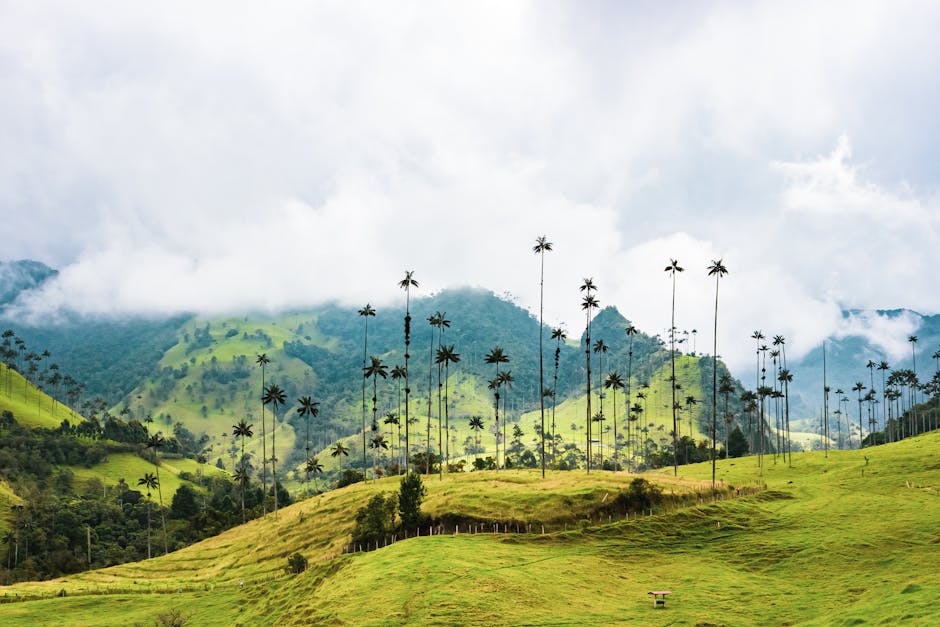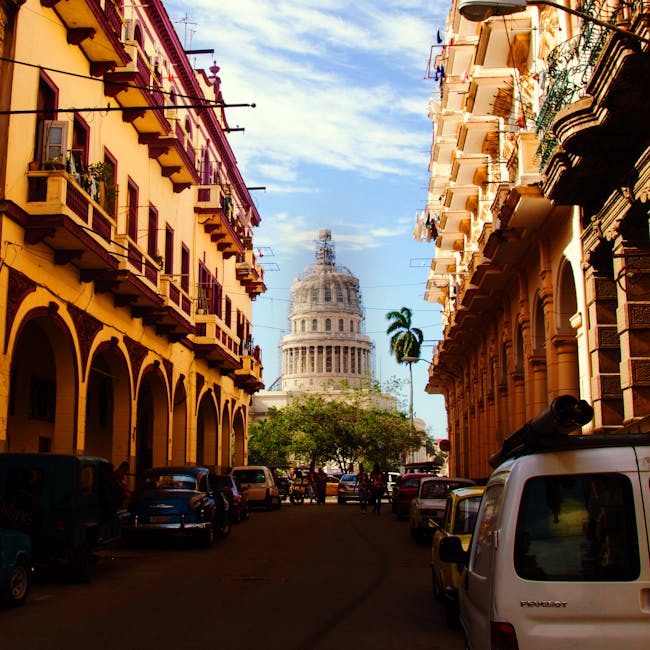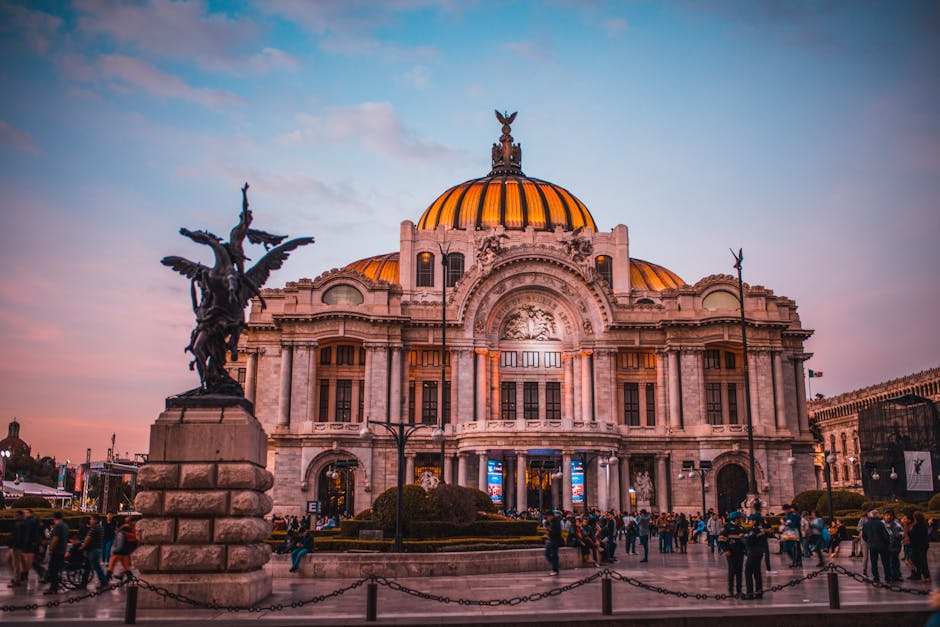Uruguay
Overview
Uruguay, nestled between Argentina and Brazil in South America, is a jewel that often gets overlooked by its larger neighbors. This compact country is rich in culture and brimming with life. Known for its picturesque beaches, historical towns, and vibrant nightlife, it also boasts a unique blend of Spanish and Italian influences in its language, food, and traditions. The Uruguayan way of life is relaxed and unhurried, making it an ideal destination for teenagers seeking an immersive cultural experience. The country is also a trailblazer in terms of progressive policies, being the first in Latin America to establish a welfare state, legalize same-sex marriage, and decriminalize abortion.
The high season for tourism in Uruguay is during the summer months, from December to March, when the weather is warm and sunny. During this time, tourists flock to the country's stunning beaches, particularly those in Punta del Este, often dubbed as the 'Monaco of South America'. This cosmopolitan seaside town is a hub of activities, with its upscale restaurants, bustling nightlife, and plentiful water sports. The capital city, Montevideo, also hosts the world's longest carnival during this season, a vibrant two-month-long celebration of music, dance, and parades. For nature lovers, bird watching in the Santa Lucia Wetlands and horseback riding in the countryside are also popular activities.
Before visiting Uruguay, travelers should ensure they are up-to-date with routine vaccinations. Although no specific vaccines are required, it's recommended to check with a healthcare provider for any personal health considerations. Travel insurance is also advisable. With respect to packing, remember to bring summer clothing if you're visiting during the high season, but also pack a light jacket as evenings can get chilly. The official currency is the Uruguayan peso; however, US dollars and credit cards are widely accepted. English is not commonly spoken outside of tourist areas, so learning some basic Spanish phrases or having a translation app handy would be beneficial.
A Glimpse into the Past
Uruguay is a small yet vibrant country located in the southeastern part of South America, bordered by Brazil to the north and Argentina to the west, with the Atlantic Ocean to the south. Its history is rich and varied, shaped by indigenous cultures, European colonization, and a series of social and political changes that have made it what it is today.
The history of Uruguay begins with its indigenous peoples, including the Charrúa, Guaraní, and Minuán tribes. These groups were primarily hunter-gatherers and lived in the region long before European contact. The arrival of Spanish explorers in the early 16th century marked the beginning of significant changes in the area. Notably, Juan Díaz de Solís was the first European to arrive in 1516, but it was not until the establishment of Colonia del Santísimo Sacramento in 1680 that a permanent settlement was founded.
The Spanish and Portuguese fought over control of the territory, leading to a series of conflicts. The strategic location of Colonia made it a crucial point for trade and military operations. This rivalry set the stage for a long period of colonial rule, which would profoundly influence the cultural landscape of Uruguay.
In the early 19th century, the winds of independence began to blow across South America. The May Revolution of 1810 in Buenos Aires inspired many in the region to seek freedom from Spanish rule. Uruguay, then known as the Province of the United Provinces of the Río de la Plata, found itself embroiled in the larger struggle for independence. The Battle of Las Piedras in 1811 marked a significant victory for the revolutionary forces, led by José Artigas, who is often hailed as the "father of Uruguayan nationhood." Artigas envisioned a united and democratic society, but internal divisions and external pressures complicated the path to independence.
Uruguay formally declared its independence in 1825, but the fight continued as the nation faced a civil war between the Blancos (Whites) and Colorados (Reds), two political factions that would dominate Uruguayan politics for over a century. This period of unrest included the War of the Triple Alliance (1864-1870), where Uruguay, allied with Brazil and Argentina, fought against Paraguay. The war had devastating effects on all involved, but it ultimately solidified a sense of national identity in Uruguay.
By the late 19th century, Uruguay began to modernize and develop its economy, largely based on agriculture and livestock. The establishment of the railway system and improvements in infrastructure facilitated growth, and the country became known as the "Switzerland of South America" for its progressive social policies and political stability. The capital city, Montevideo, became a cultural hub, showcasing a blend of European influences and local traditions.
The early 20th century brought about significant changes in Uruguay’s political landscape. Under the leadership of José Batlle y Ordóñez, a series of social reforms were implemented, including the establishment of universal suffrage, social security, and public education. These innovations earned Uruguay a reputation as a progressive nation, and the country became a model for social democracy in Latin America.
However, the mid-20th century saw a decline in economic stability, leading to political unrest and the rise of authoritarianism. In 1973, a military coup resulted in a dictatorship that lasted until 1985. During this dark period, thousands of Uruguayans were tortured, killed, or disappeared, as the regime sought to suppress dissent. The struggle against the dictatorship galvanized many citizens, leading to a robust resistance movement.
With the return to democracy in 1985, Uruguay began to heal and rebuild. The Truth and Justice Commission was established to investigate human rights abuses during the dictatorship, and the country has made significant strides in addressing its past. Today, Uruguay is recognized for its commitment to human rights, gender equality, and LGBTQ+ rights.
For travelers, Uruguay offers a unique blend of cultural experiences, stunning landscapes, and a rich history that can be explored through its various cities and regions. Montevideo, the capital, is a vibrant city where visitors can stroll along the Rambla, a long waterfront promenade, and enjoy the lively atmosphere of the Ciudad Vieja, with its colonial architecture and bustling markets. The Mercado del Puerto is a must-visit for food lovers, known for its delicious parrillas (grilled meats) and lively ambiance.
Just a short trip from Montevideo, the picturesque town of Colonia del Sacramento is a UNESCO World Heritage site, celebrated for its well-preserved colonial architecture and cobblestone streets. This charming town offers a glimpse into Uruguay's colonial past, with landmarks such as the Basilica del Santísimo Sacramento and the iconic lighthouse that stands at the water's edge. Colonia is a popular destination for day trips from Montevideo or even a weekend getaway.
Another notable location is Punta del Este, a glamorous beach resort town known for its stunning beaches, vibrant nightlife, and luxury accommodations. The famous sculpture La Mano, or "The Hand," is a striking piece of art that has become a symbol of the area. Punta del Este also serves as a gateway to explore the picturesque José Ignacio, a bohemian beach town that attracts artists and surfers alike.
Uruguay's interior is equally inviting, with regions such as Tacuarembó and Durazno offering a glimpse into the rural life and traditions of the gauchos, the iconic cowboys of the Pampas. Visitors can experience the country’s gaucho culture through ranch stays, where they can learn about traditional horseback riding, cattle herding, and even enjoy folkloric music and dance.
For wine enthusiasts, the region of Canelones is known for its vineyards and wineries, particularly famous for producing high-quality Tannat wines. Wine tours and tastings provide an excellent opportunity to savor the local flavors while enjoying the beautiful countryside.
In recent years, Uruguay has also gained attention for its innovative policies on sustainable tourism and environmental conservation. The government has made significant efforts to protect its natural resources, promoting eco-friendly tourism practices. The Quebrada de los Cuervos and the Cabo Polonio National Park are just a couple of the beautiful natural landscapes that showcase the country’s commitment to preserving its environment.
Uruguay's storied past, combined with its vibrant culture and stunning landscapes, makes it a captivating destination for travelers. Whether you're exploring the historical streets of Montevideo, relaxing on the beaches of Punta del Este, or enjoying the tranquility of rural life, Uruguay offers a unique and enriching experience that reflects the resilience and spirit of its people.
Top cities for tourists in Uruguay
Discover the Famous Cities That Might Captivate Your Interests
Must-Try Foods You Can't Afford to Miss
Indulge in a Variety of Fantastic Foods During Your Stay in Uruguay
May Be Your Next Destinations
People often choose these countries as their next destination


